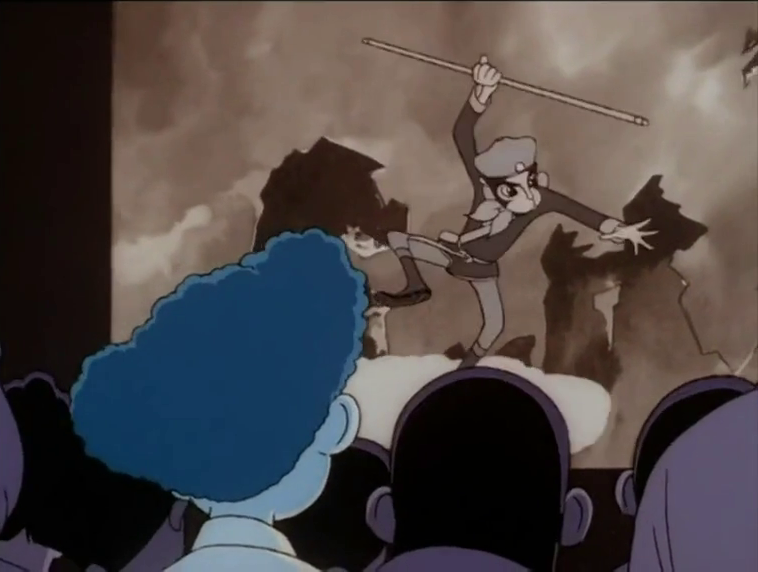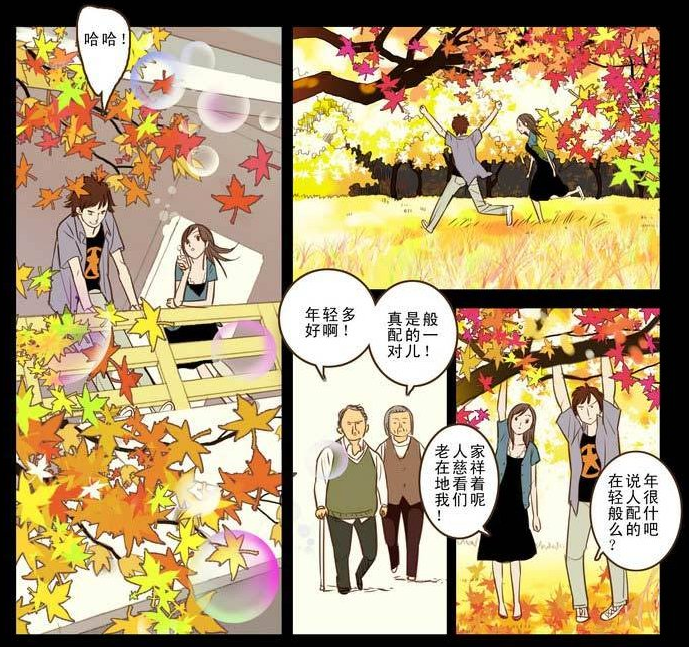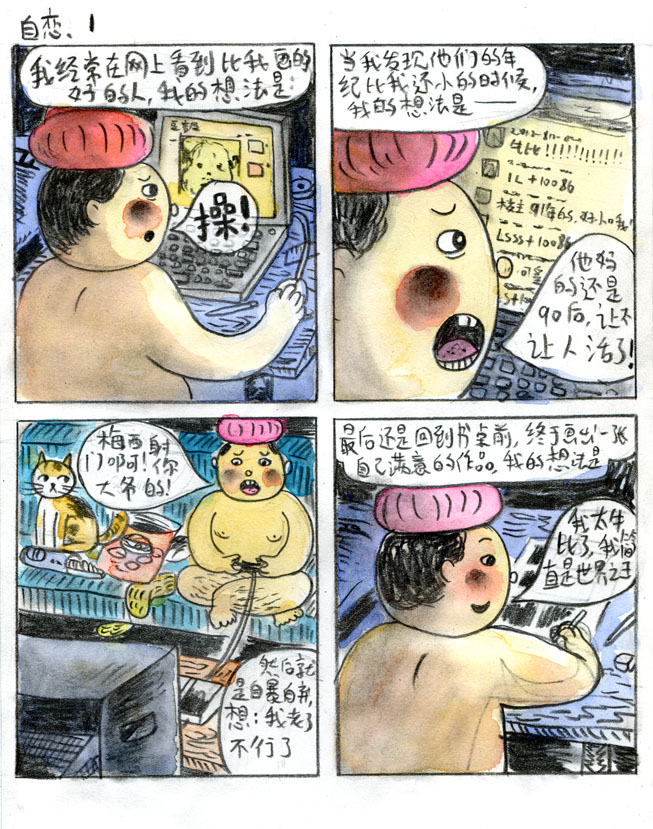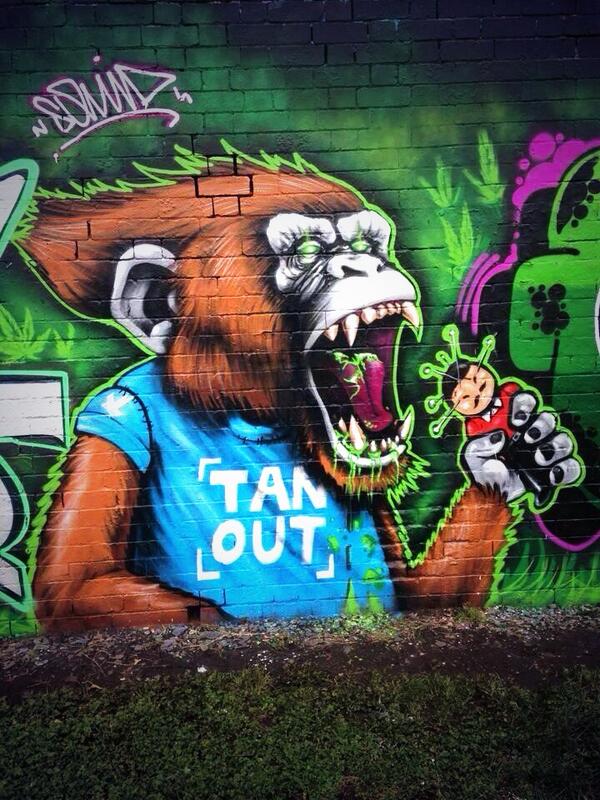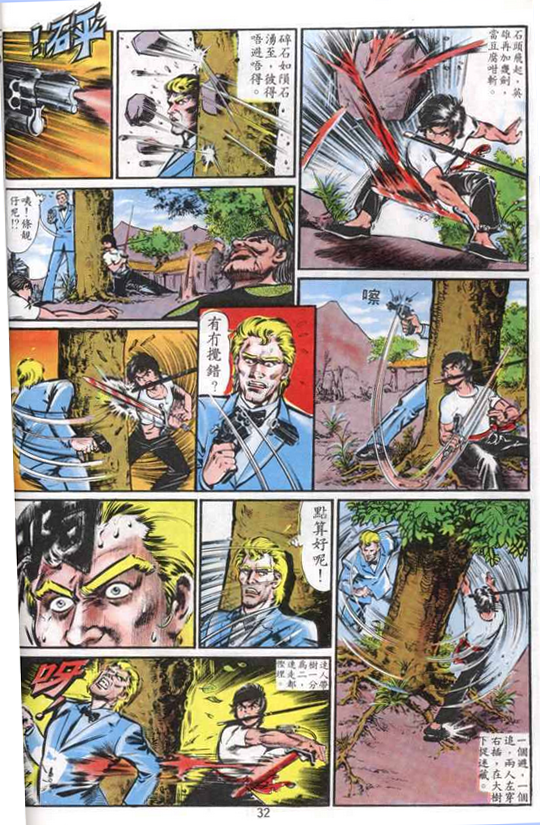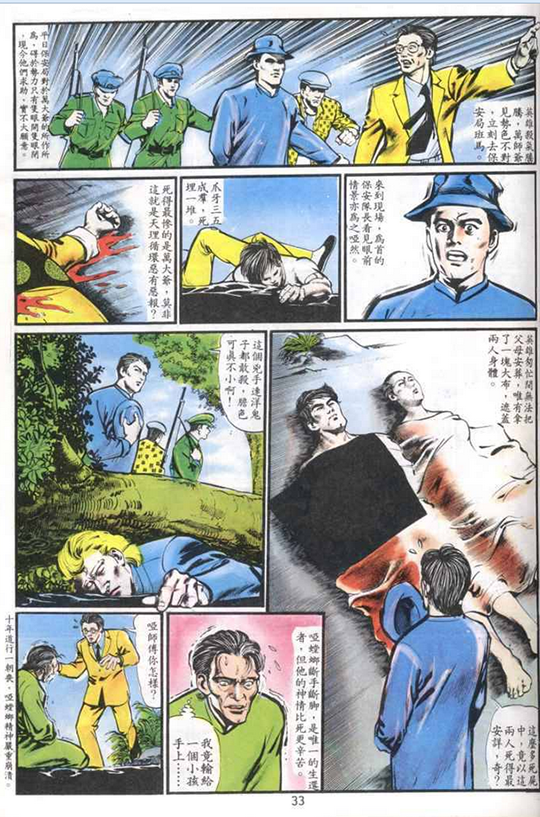Two quick pieces of Chinese-Japanese cartooning and animation trivia that I brought up of today during a conversation with @Brett_Fujioka who felt my post on Chinese manhua unfairly left a discussion of non-Chinese influences, 1 plus one more that I forgot to mention to Brett.
Trivia #1: Japanese Anime (Probably) Would Not Exist Without the 1941 Chinese Cartoon Princess Iron Fan
Chinese film scholars like Carlos Rojas and Eileen Chow love to point out that Osama Tezuka, the godfather of Japanese anime and manga, drew inspiration from the 1941 Chinese animation Princess Iron Fan 鐵扇公主,2 which directly inspired the Japanese Navy to produce the first feature-length Japanese animated film, ever:
The immediate and wide-reaching success of Princess Iron Fan left a deep impression not only on its domestic Chinese audiences, but on the Japanese Imperial Navy, which promptly commissioned ambitious animation projects of its own aimed at bolstering the patriotic spirit of Japanese children-resulting most notably in Seo Mitsuyo’s Mornotaro’s Sea Eagles (Momotaro no Umiwashi, 1943) and Momotaro’s Divine Sea Warriors (Momotaro Umi no Shinpei, 1945), the latter of which is recognized as Japan’s first feature-length animated film. Among those who watched these unabashedly propagandistic yet lyrical and delicately drawn animations of patriotic monkey-soldiers coexisting happily with colonized simian jungle natives was a Japanese youth by the name of Osamu Tezuka 手塚 治虫.3
Rojas and Chow also point out that Tezuka explicitly references the influence Princess Iron Fan and the Wan brothers had on his career in his last film Boku wa Son Goku (I Am Son Goku):4
- I’m glad he raised this point, because I agree I could have been much more clear about this. I should have a post up in the next day or two with some examples of the ways manhua have been influenced and inspired by North American and European comics. [↩]
- (Produced by the Chinese animator Wan Laiming and his three brothers in Japanese-occupied Shanghai, who were in turn in turn influenced by Disney’s 1939 animated feature-film, Snow White. [↩]
- Rojas, Carlos, and Eileen Chow. The Oxford Handbook of Chinese Cinemas. Oxford University Press, 2013, pg 648. [↩]
- The whole film is available online here. [↩]
